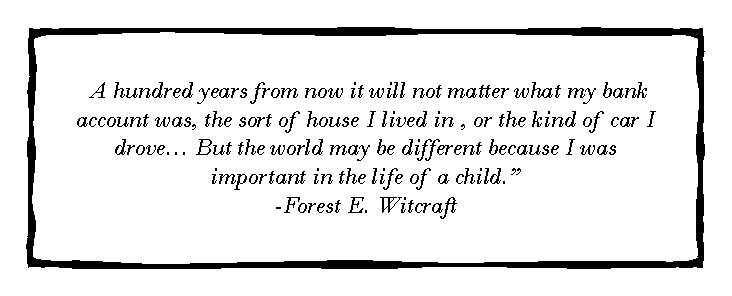Robin C. Miller
Week 6
Testing
For Intelligence
Personally, I do not
believe that giving children any type of IQ or aptitude test truly assess a
child’s knowledge. Some children are just not great test takers and could do
better if they were given other methods to take a test other than written.
Teachers and administrators that make up the tests need to understand that not
every child learns the same. Every single child is “labeled” as an individual
for “individual” reasons. No one child is like one another. Testing children to
see how smart they are at this age level is very stressful not only, to the
children but also, to the parents and teachers. Pennsylvania teachers and
administrators are so fearful of failing the PSSA’s or other testing that all
they do is teach materials based on the test. What exactly is that teaching the
children?
In Japan, their
schooling is similar to ours. Japanese schools follow the old US model, with
elementary schools (shogakko) covering grades 1 through 6, junior high
schools (chugakko) covering grades 7, 8 and 9, and high schools (kotogakko)
covering grades 10, 11 and 12. Education in Japan is compulsory for children
between the ages of 6 and 15
Curriculum and assessment
In elementary and junior high schools, the curriculum is divided into
three major categories. In elementary schools, the standard curriculum
includes Japanese language, social studies, mathematics (mainly arithmetic),
science, life environment studies, music, arts and handicrafts, homemaking, and
physical education. In addition there is a program of moral education,
including attention to health and safety, self-discipline, public manners and courtesy
and environmental awareness. There are also programs of special activities,
which include ceremonies, cultural performances and sports. In elementary
schools, science is introduced in grade 3, and teaching is organized into a number
of topics that typically cover 10 to 14 lessons of 45 to 50 minutes each. For example,
a unit on ‘Levers’ might have the objectives that students learn: the names of
the parts of a lever what happens when the load, the fulcrum or the effort is
moved what needs to happen for the lever to balance The content of a topic is
typically designed to last less than the time allocated, so that the timetable
allows time for students to take a short test, and for teachers to take any necessary
remedial action with the whole class before moving on. These tests typically combine
open and closed items and focus on the ‘big ideas’ in the topic. For the
‘Levers’ unit above, for example, students might be shown four pictorial
descriptions and asked which would be the easiest to lift. The marks for these
tests, and for homework assignments, may feed into the term grade, which is
generally reported on a three-point scale, but this is a decision that is made
by the school, rather than the prefecture or the ministry of education.

Colleague Robin:
ReplyDeleteI do understand the teachers fears. Testing is not done to assess students abilities but it is a way to keep the teachers stressed out seeing that if the school fails these tests the teachers could lose their jobs. So what are the children being taught? They are being taught the materials to pass a test.
I agree Sharon. I liked the way of teaching teachers provided before the whole NO Child Left Behind Act. Teachers were free to choose their own curriculum or at least be able to teach their students something that isn't based on a test!
DeleteYour right that every child learns differently and alot of children dont test very well under pressure. Children are being taught the materials that they need to know in order to perform well on the tests to live up to the standards of the districts that they are in. Children should be given different opportunities to test in different ways and then truly see how they performed on the tests.
ReplyDeleteThank you Lindsey
Delete